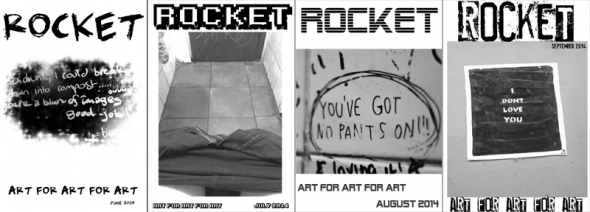
The Four Seasons, Woldgate Woods (Spring 2011, Summer 2010, Autumn 2010, Winter 2010), 36 digital videos synchronised and presented on 36 55-inch screens to compromise a single artwork, silent, 4 min 18 sec
David Hockney’s recent exhibition at the National Gallery of Victoria displays his most modern works of art in a fresh and new way. Current is on display from November, 2016 until March, 2017 and includes works using video montage, acrylic, photographic drawings and iPad drawings amongst others.[i] Visiting the exhibition in early March, I was able to see how he had used modern technology to his advantage and I drew parallels between this embracement of technology and certain Futurist ideologies described by Elise Takehana in her article, Legitimizing The Artist: Avant-Garde Utopianism And Relational Aesthetics.[ii]
While his work wouldn’t be considered Futuristic in nature, many of the Futurists’ ideals can be applied to his newest creations, on display in Current. Most notably, the Futurists rejected traditional forms of media and instead sought to use the best and newest technologies they could find. In Current, the majority of works were created using screen media on iPads and iPhones. To display these works in the context of how they were created, numerous phones were set up within the exhibition with the screens rotating through his work. He also experimented using motion, stitching videos together to create a sort of collage, which was a step up from his previous works using photomontage. In particular, his work ‘The four seasons, Woldgate Woods’[iii] was incredible to experience. Set up on 36 55-inch screens, each work had nine videos depicting the same drive in a different season. It was overwhelming to see how much work had gone into it and using motion gave a different dimension to experiencing his work. Even artists who specialise in film and photographic direction seldom have the patience and ingenuity to create works like this.
As Takehana outlines, “the ultimate goal of Futurism was to break from the past, creating an enlivened future and a modern Italy that did not lean on its past accomplishments.”[ii] In essence, this is what Hockney applied in his own work. Rather than revisiting old subject matter and techniques, he completely reinvented himself as a modern artist. Hockney has been careful not to box himself in and stick to a single medium or subject matter. Perhaps this is why many people consider him to be one of the greatest artists of his generation; he is constantly changing and evolving and doesn’t simply settle for what is comfortable. Few artists can work in as many mediums as he has and appear to have mastered all of them; the quality of his work does not falter across a number of areas.
Overall, the exhibition was a fantastic demonstration of Hockney’s willingness to move away from traditional media that he has previously been associated with and instead dive headfirst into the new-age.
[i] Simon Maidment et al., David Hockney: Current, 1st ed. (National Gallery of Victoria, 2016).
[ii] Elise Takehana, “Legitimizing The Artist: Avant-Garde Utopianism And Relational Aesthetics”, Queen’s Journal of Visual and Material Culture, no. 2 (2009): 1-18.
[iii] The four seasons, Woldgate Woods (Spring 2011, Summer 2010, Autumn 2010, Winter 2010), 36 digital videos synchronised and presented on 36 55-inch screens to compromise a single artwork, silent, 4 min 18 sec.
